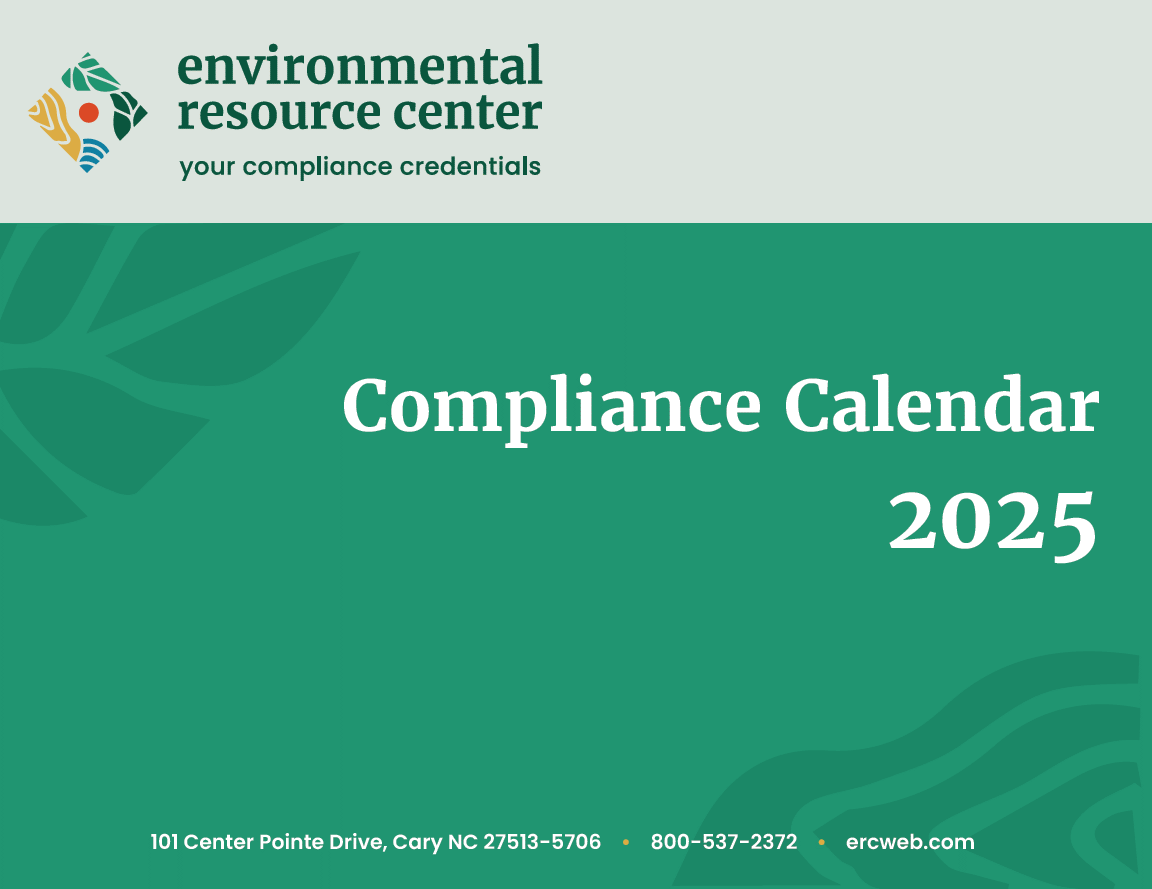 The Mine Safety and Health Administration urges the industry to focus on fall prevention and protection after three miners were seriously injured in falls from heights in the first months of 2025. One of the miners fell from the deck of a bulldozer, and another fell 14 feet from the second level of a structure. MSHA did not describe the circumstances of the third miner’s fall.
The Mine Safety and Health Administration urges the industry to focus on fall prevention and protection after three miners were seriously injured in falls from heights in the first months of 2025. One of the miners fell from the deck of a bulldozer, and another fell 14 feet from the second level of a structure. MSHA did not describe the circumstances of the third miner’s fall.In a new safety alert, the agency outlines best practices for protecting miners from falls. For example, mine operators and others should establish effective fall prevention and protection programs, maintain safe access to all working places, and ensure that miners wear slip-resistant footwear. Another way to help prevent falls is to install warning signals and barricades for openings located above, below, or near areas where workers or materials may fall.
MSHA’s alert compares the number of injuries so far this year to some fall statistics from the period 2022–2024, during which seven miners died from falls. According to the agency, MSHA issued 767 violations citing fall protection standards over those three years, 228 of which were issued in conjunction with Section 107(a) orders, which are intended to “immediately remove miners from exposure to serious hazards and to prevent miners from entering such hazardous areas”.
MSHA encourages individuals to visit OSHA’s website for additional information and fall protection resources. The safety alert is available on MSHA’s website.
 The EU’s New Packaging and Packaging Waste Regulation (PPWR) will completely change the way packaging is designed, produced, used, and disposed of. Businesses that act quickly stand to realize big gains towards their circularity goals as well as secure competitive market position.
The EU’s New Packaging and Packaging Waste Regulation (PPWR) will completely change the way packaging is designed, produced, used, and disposed of. Businesses that act quickly stand to realize big gains towards their circularity goals as well as secure competitive market position.On 22 January 2025, the Official Journal of the European Union published the Packaging and Packaging Waste Regulation (PPWR). The new Regulation came into force on February 11, 2025, with first measures applicable from August 2026. This Regulation will affect anyone doing business in the EU, regardless of where the company is headquartered in the world. All companies placing products on the EU market are directly impacted as the Regulation applies to all stakeholders in the packaging supply chain within the European Union, including manufacturers, importers, retailers, and waste management companies. The Regulation applies to all forms of packaging and packaging waste placed on the EU market, essentially impacting the entire life cycle of product packaging from production to disposal. Much more than an update of the existing Packaging and Packaging Waste Directive (PPWD) it will replace, PPWR revolutionizes the way packaging in the EU needs to be designed, manufactured, marketed, used and disposed of.
Just as the Corporate Sustainability Reporting Directive (CSRD), is the most prominent sustainability reporting scheme in the EU and highly important for corporate sustainability, PPWR is a groundbreaking Regulation in the product sustainability space.
Many directives and standards regarding sustainability focus on transparency, disclosure and reporting, however PPWR actually sets the stage for a paradigm shift at the physical and market access level. Its direct modification to the entire process of packaging, from design to recycling, paves the way towards packaging sustainability and a packaging circular economy, where resources are kept in use for as long as possible with minimum waste. PPWR now stipulates that brand owners, retailers and other economic operators putting packaging and packaged goods on the European market are directly responsible for meeting concrete packaging-compliance requirements. Previously, obligations focused on Member States’ national waste management systems.
PPWR provides harmonized requirements for all of the EU and those doing business there (including companies from all over the world), which should affect several shifts in the current packaging environment. It can also be seen as a blueprint for packaging regulation in other regions of world.
PPWR will have a wide impact. Whilst this Regulation will naturally be of particular interest to compliance and sustainability officers, it will also be essential to any company producing or using packaging, since it sets sustainability criteria such as recyclability as a condition to EU market access. In other words, packaged goods that do not align with the requirements of PPWR will not be allowed on the EU market.
It will also affect company stakeholders in procurement, R&D, packaging design and selection, operations, logistics, and sales and marketing. It will further impact the entire packaging value chain, including raw material suppliers, manufacturers, distributors, brand owners, retailers, consumers and waste collectors and/or recycling operators.
PPWR directly influences an organization’s product and packaging procurement strategy (e.g., sourcing and purchasing recycled content) as well as product development, innovation and end-of-life. The Regulation’s more stringent performance requirements also present enormous opportunity for businesses to improve their strategic market position by meeting consumer demand for more sustainable packaging.
PPWR will be a game changer in driving decarbonization, influencing entire value chains, and advocating circularity through its requirements on material composition and recyclability. The new Regulation will drive businesses to compete on how best to comply by eliminating opinion-based “perceived sustainability metrics” and replacing them with fact-based “hard” requirements (such as the actual recycled content). In turn, this competition can be anticipated to drive real change in many industries as measurable targets are set, achieved and possibly exceeded. Those companies that cannot meet the requirements will be excluded from the market.
Alongside influencing innovation within organization, PPWR can also unlock significant financial savings. Companies selling goods in the EU must ensure their packaging is assigned the correct Eco-modulated fee, a system where fees per kilogram of packaging material placed on the market vary based on their recyclability and recycled content. If they don’t, their packaging is automatically placed in the highest fee category under Extended Producer Responsibility (EPR) regulations.
ERM estimates that this default categorization could lead to companies paying 70-90%* more than necessary. Complying with PPWR requires companies to use more recyclable materials in their packaging, reducing unnecessary costs.
 A U.S. Department of Labor investigation found that improperly stored hazardous chemicals were the cause of a fire at a Bio-Lab Inc. facility in Conyers.
A U.S. Department of Labor investigation found that improperly stored hazardous chemicals were the cause of a fire at a Bio-Lab Inc. facility in Conyers.The department’s Occupational Safety and Health Administration investigation learned that the incident originated at a company warehouse that stored various chemicals. OSHA cited Bio-Lab for four serious and two other-than-serious violations and proposed $61,473 in penalties.
Bio-Lab has 15 business days from receipt of its citations and penalties to comply, request an informal conference with OSHA’s area director, or contest the findings before the independent Occupational Safety and Health Review Commission.
OSHA’s Chemical Hazards and Toxic Substances webpage includes information on standard requirements, hazard recognition, controlling worker exposure. Employers can contact the agency for information about OSHA’s compliance assistance resources and for free help on complying with OSHA standards.
 The New Mexico Environment Department (NMED) Occupational Health and Safety Bureau has begun the process of promulgating a heat illness and injury prevention rule for the state. OHSB announced on April 1 that it has published a draft version of the rule, which is available for public comment until 5 p.m. Mountain time on May 30.
The New Mexico Environment Department (NMED) Occupational Health and Safety Bureau has begun the process of promulgating a heat illness and injury prevention rule for the state. OHSB announced on April 1 that it has published a draft version of the rule, which is available for public comment until 5 p.m. Mountain time on May 30.According to the draft rule, the standard will apply to all indoor and outdoor workplaces in New Mexico subject to the Occupational Safety and Health Act. It does not concern incidental heat exposures of up to 15 minutes, emergency response operations, telework, and work done in buildings, structures, vehicles, or equipment with mechanical ventilation systems that keep the heat index below 80 F in all work areas. All employers covered under the rule must provide a heat illness and injury prevention plan written in English and in any other language understood by the majority of employees.
Employers must conduct a heat exposure assessment when the heat index reaches 80 F, as well as implement controls including acclimatization methods, provision of fluids, regular rest breaks, cooling areas, and personnel monitoring for indoor and outdoor work environments where the heat index exceeds 80 F. The draft rule also covers provisions for emergency medical care, training, and recordkeeping. An appendix outlines clothing adjustment factors for workers wearing personal protective equipment.
NMED’s website states that the proposed rule “will provide the OHSB with the tools necessary to assist New Mexico employers in keeping their workforce safe from heat related illnesses and injuries.” In addition, it will establish a regulatory framework “to hold employers accountable if they fail to protect workers from known hazards such as heat, including the authority to prevent employers from exposing workers to conditions which pose an imminent danger.”
The NMED website provides more information about the proposed heat illness and injury prevention rule, as well as links to download the draft and access NMED’s public comment portal. Complete instructions for submitting comments or requesting information on the proposed rule are available from OHSB’s online announcement page.
 A new report from the Chemical Safety and Hazard Investigation Board marks the 20th anniversary of the explosion and fires that killed 15 people and injured 180 others at the BP Texas City Refinery in Texas City, Texas, on March 23, 2005. CSB detailed the findings of its investigation of the incident in 2007. The new report, called an “investigation digest,” outlines CSB’s recommendations to address safety issues that contributed to the incident and the steps taken by the chemical industry to improve safety in the intervening years. According to CSB’s news release, 25 of the 26 recommendations issued by the agency have been successfully closed.
A new report from the Chemical Safety and Hazard Investigation Board marks the 20th anniversary of the explosion and fires that killed 15 people and injured 180 others at the BP Texas City Refinery in Texas City, Texas, on March 23, 2005. CSB detailed the findings of its investigation of the incident in 2007. The new report, called an “investigation digest,” outlines CSB’s recommendations to address safety issues that contributed to the incident and the steps taken by the chemical industry to improve safety in the intervening years. According to CSB’s news release, 25 of the 26 recommendations issued by the agency have been successfully closed.CSB’s new report explains that the 2005 disaster occurred after flammable hydrocarbon liquid overfilled a distillation tower and discharged into a drum with a stack open to the air, resulting in a geyser-like release. As all the fatalities and many serious injuries occurred in or near contractor trailers located near the process areas, CSB urged the American Petroleum Institute to revise its practices to ensure temporary structures are placed a safe distance from hazardous areas. In response, API developed a recommended practice banning lightweight wooden trailers from hazardous areas and requiring a safety analysis for all portable buildings. This recommendation was considered closed as of March 14, 2008.
CSB also warned API against pressure relief systems that released flammable substances into the atmosphere and urged the chemical industry to adopt inherently safer alternatives. API amended its guidance for pressure-relieving systems, requiring chemical companies to use inherently safer alternatives to atmospheric discharge when there is risk of a flammable vapor cloud explosion. CSB marked this recommendation closed in April 2016. Other recommendations issued by the agency concerned developing an industry-wide standard for assessing process safety performance, preventing worker fatigue, and assessing organizational safety culture. All have been marked closed except for CSB’s recommendation that OSHA update its process safety management standard to include management-of-change reviews for major organizational, personnel, and policy changes that may impact process safety.
“As a result of the CSB’s investigation of this terrible incident and the more than two dozen safety recommendations that the CSB made, a number of important steps have been taken to improve practices at refineries and other chemical facilities,” said CSB Chairperson Steve Owens. “But more still needs to be done to protect workers and communities.”
News Links
Trivia Question of the Week



